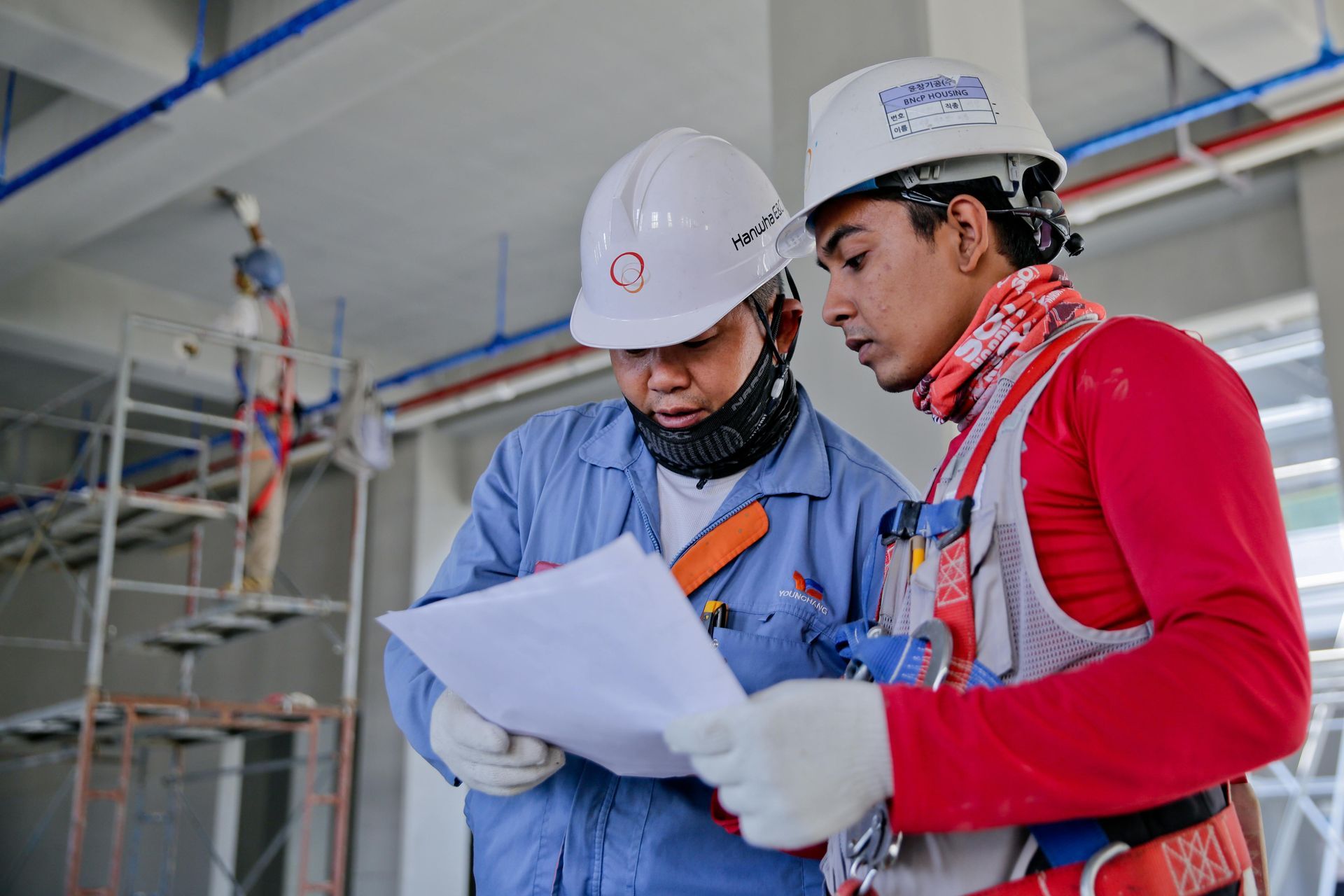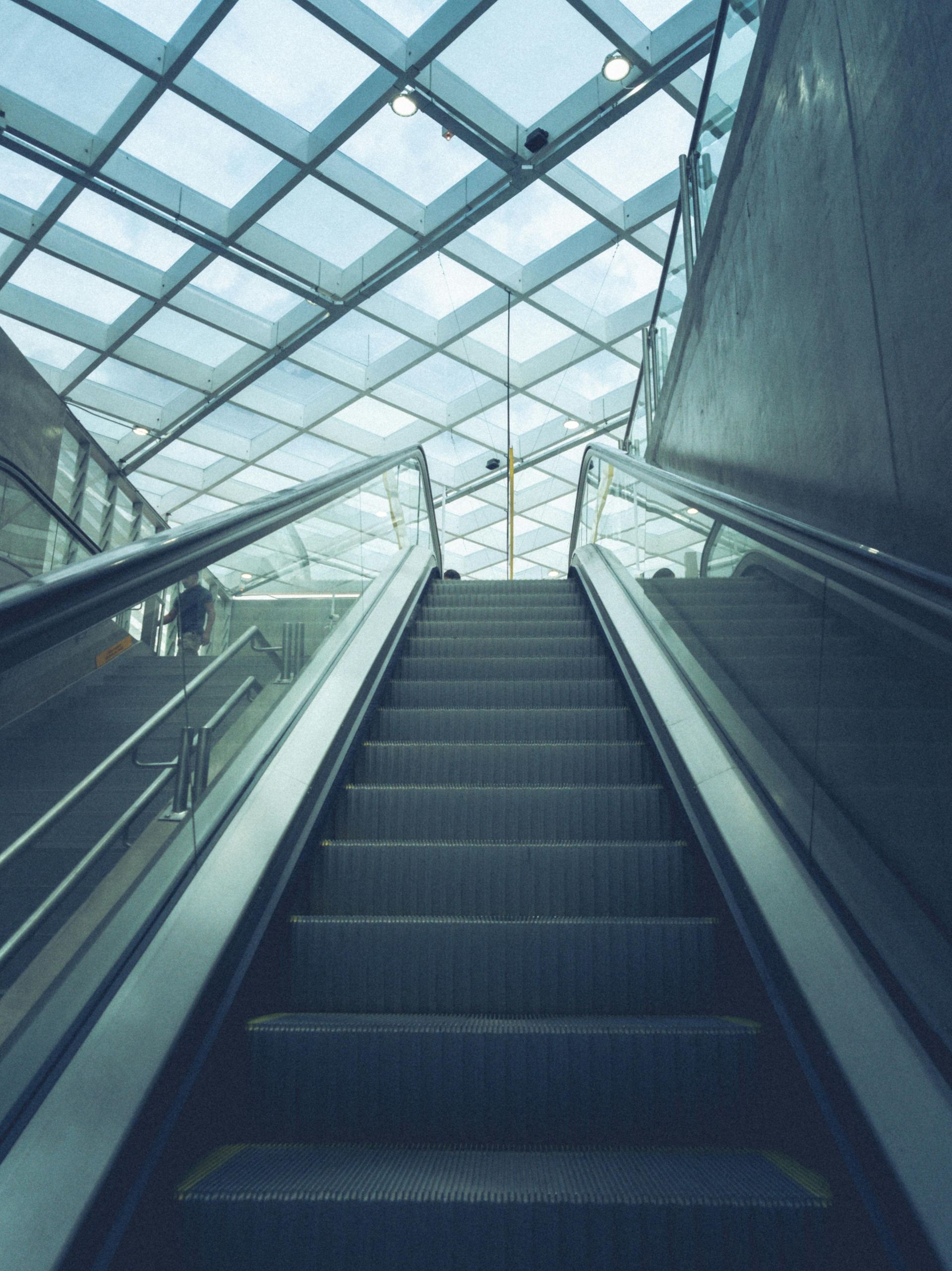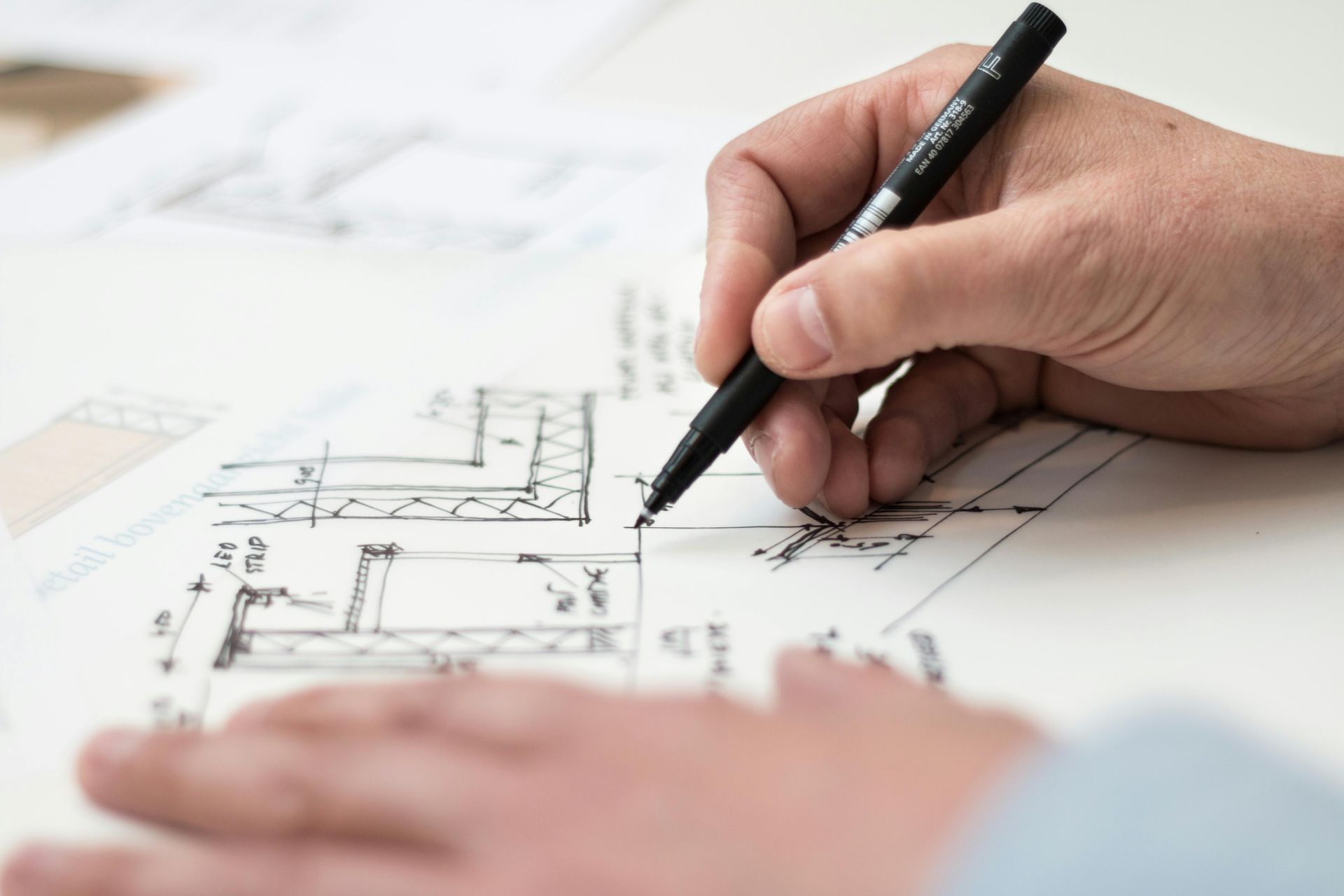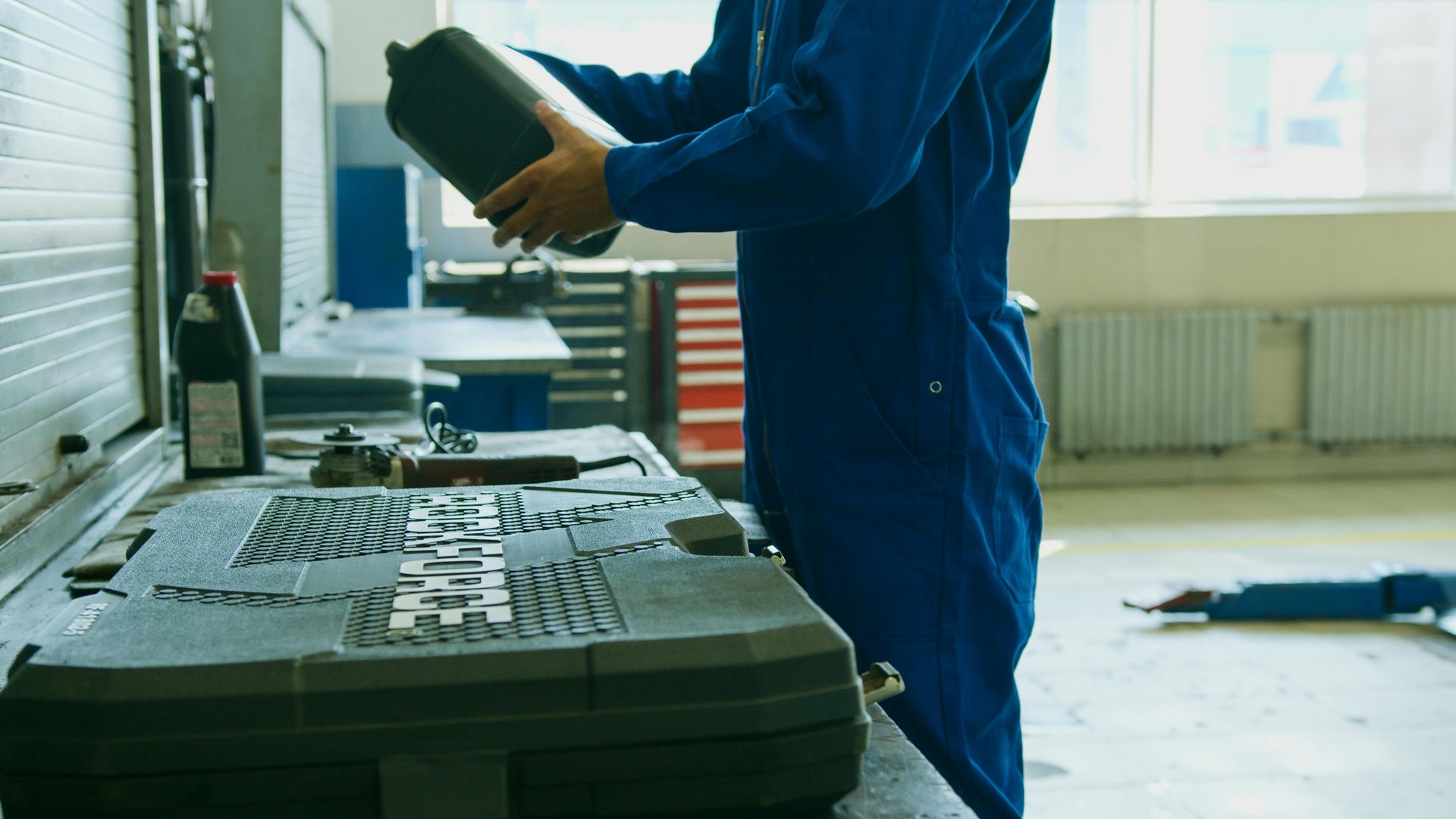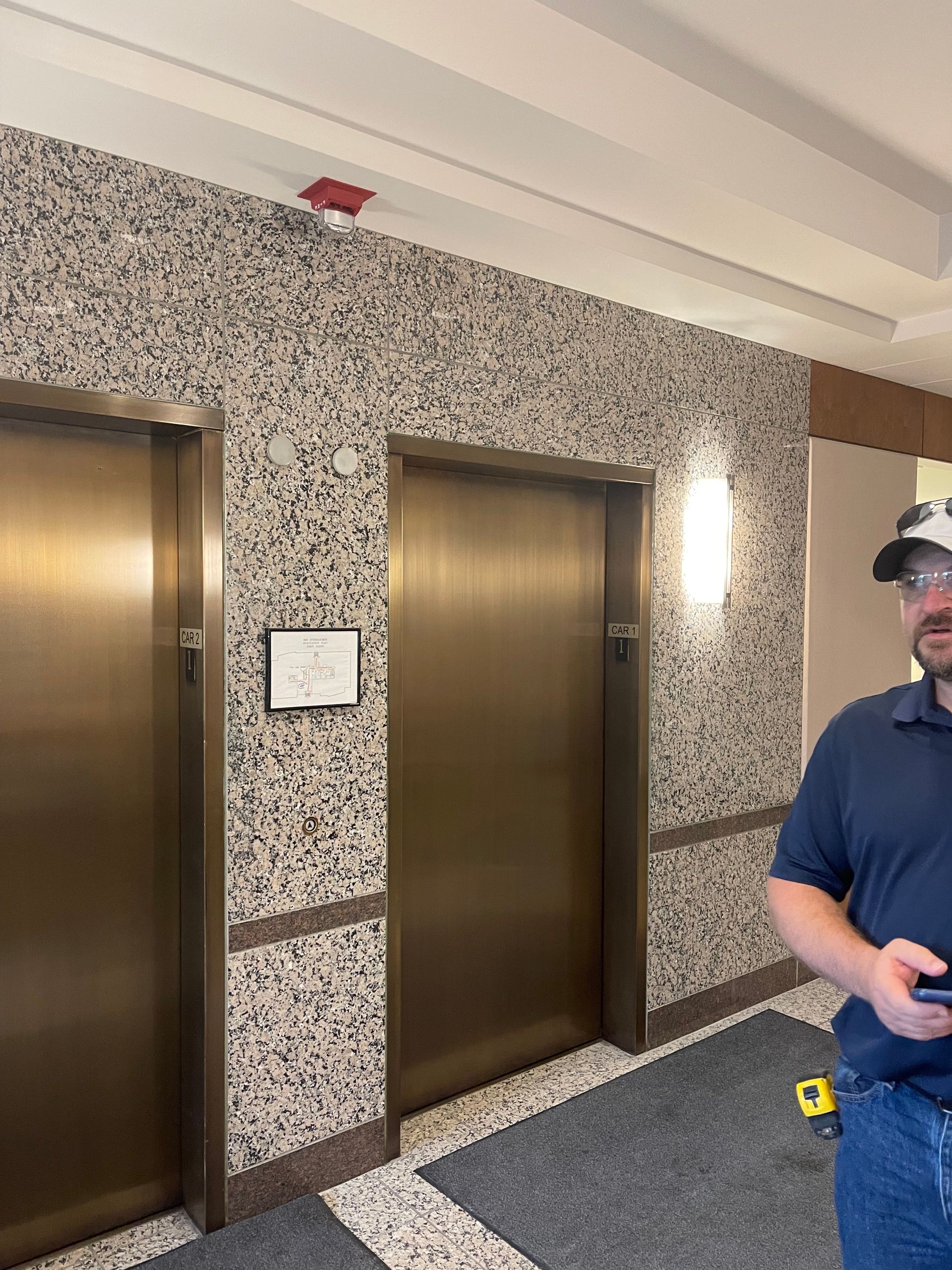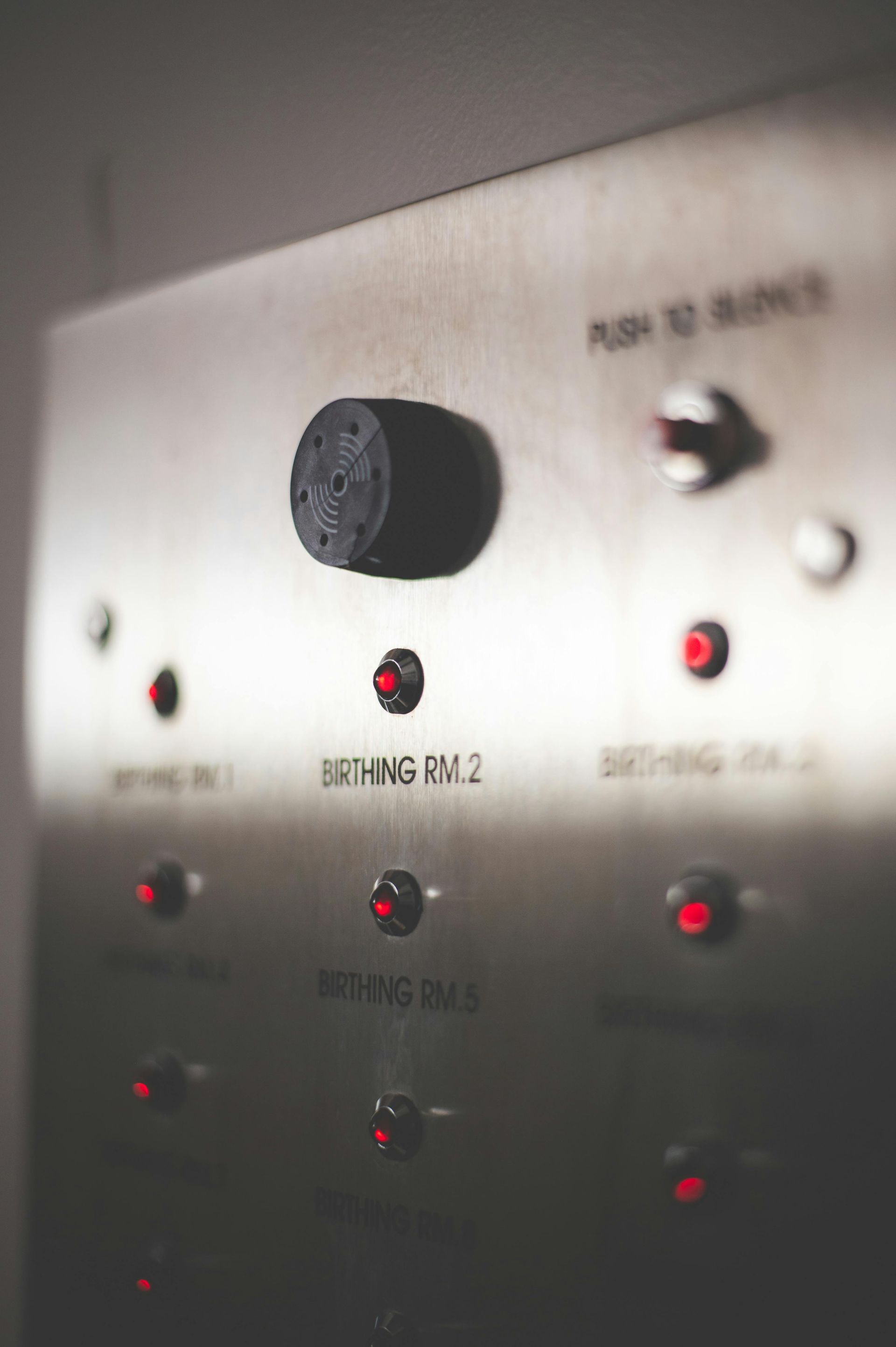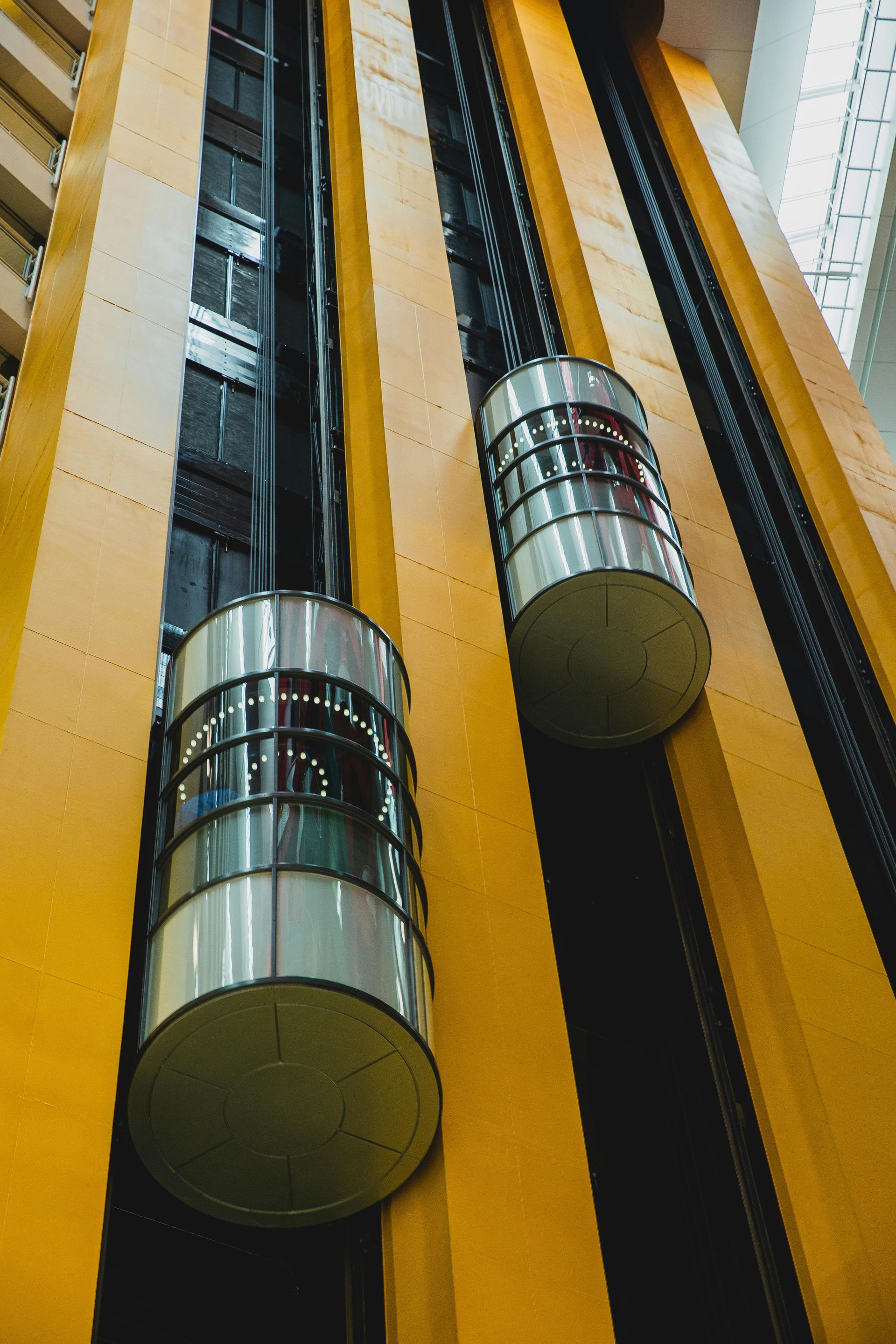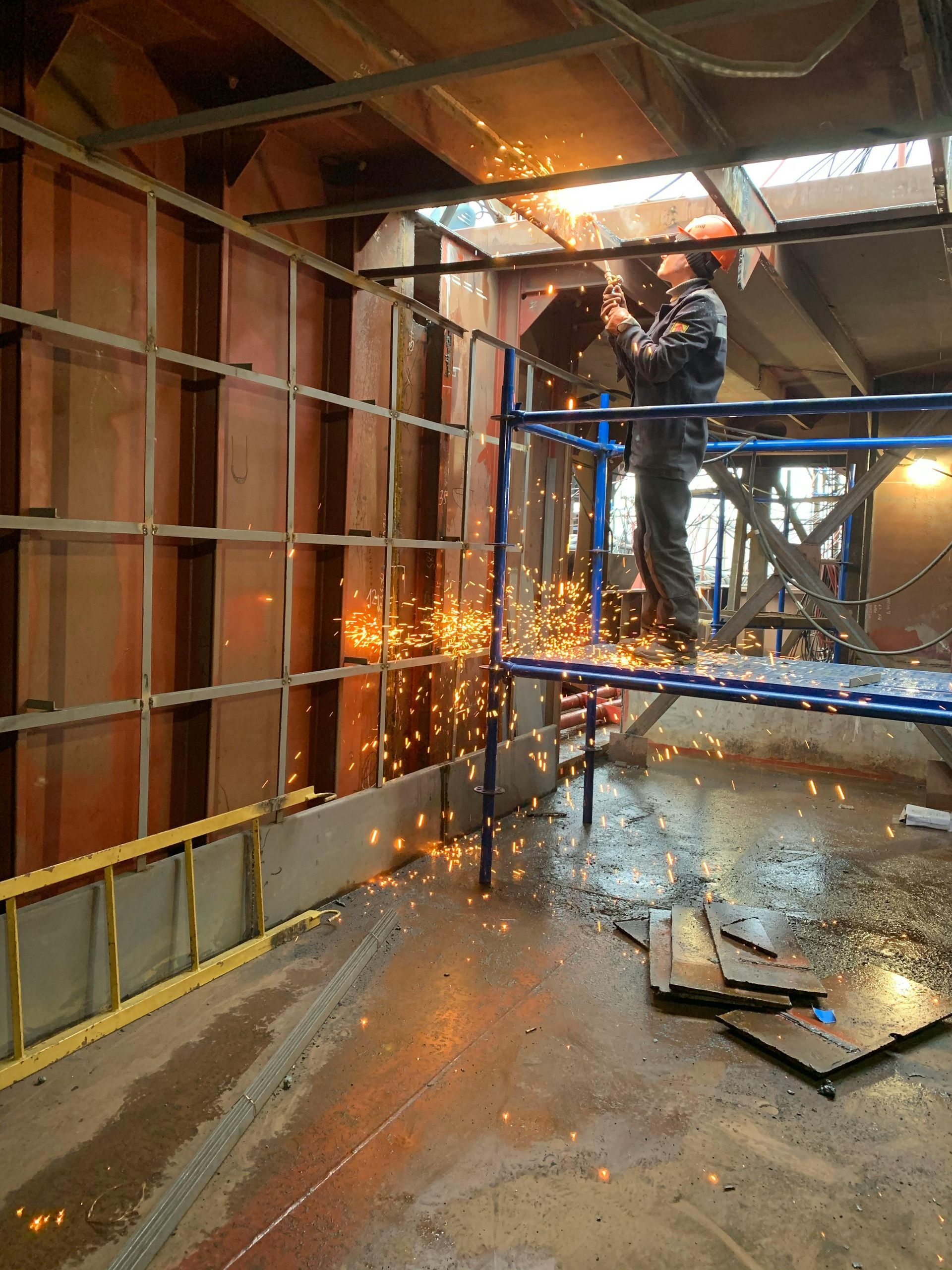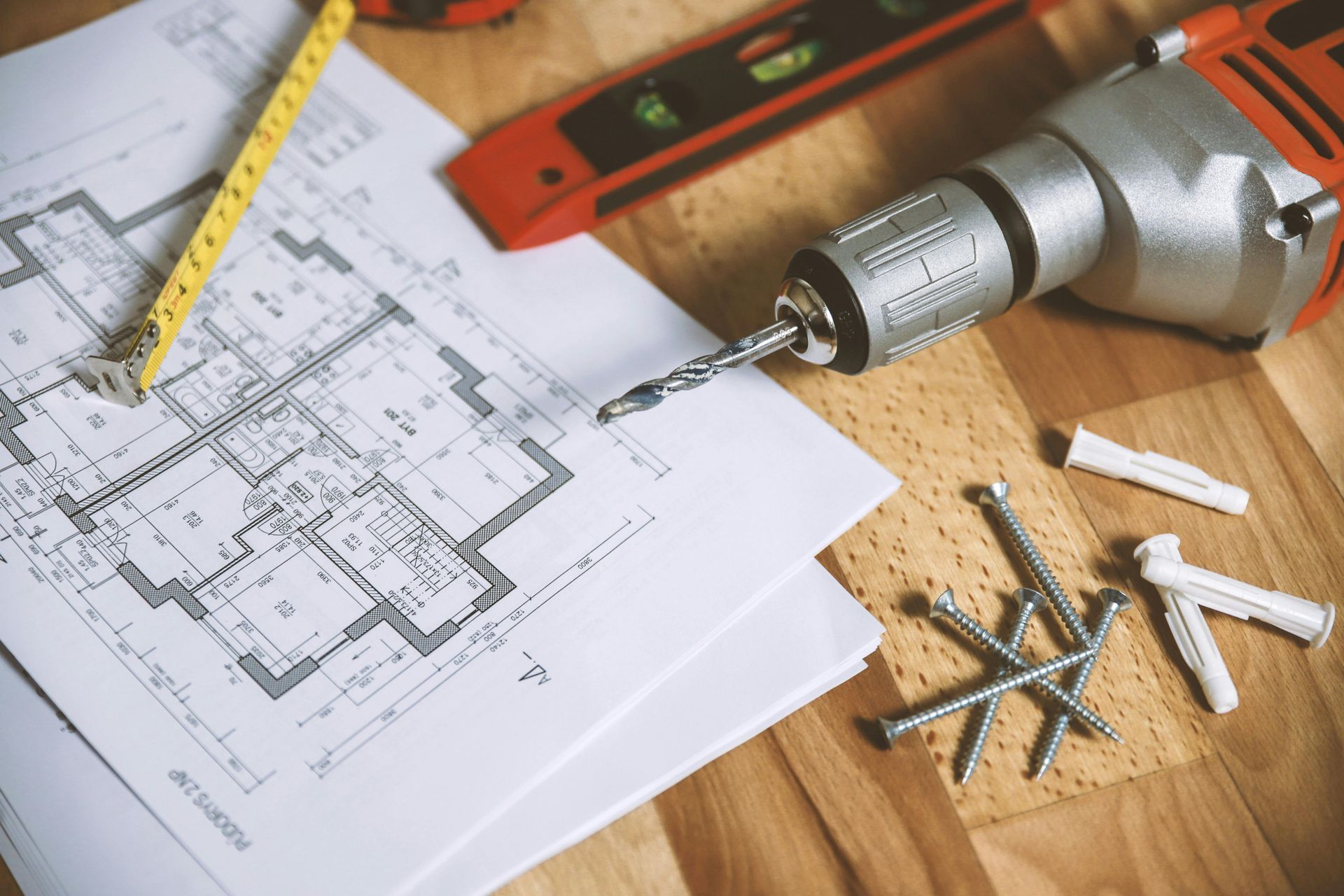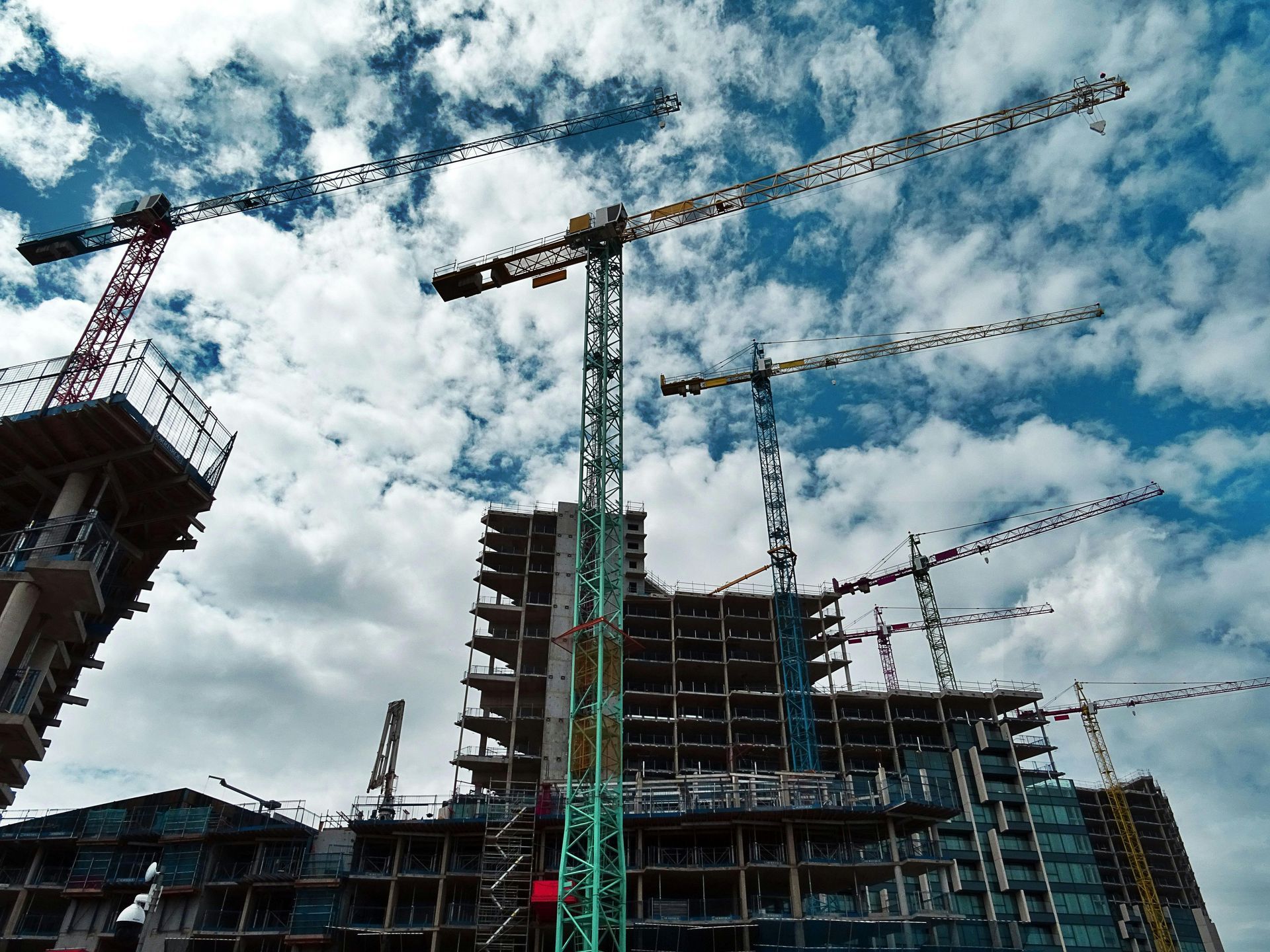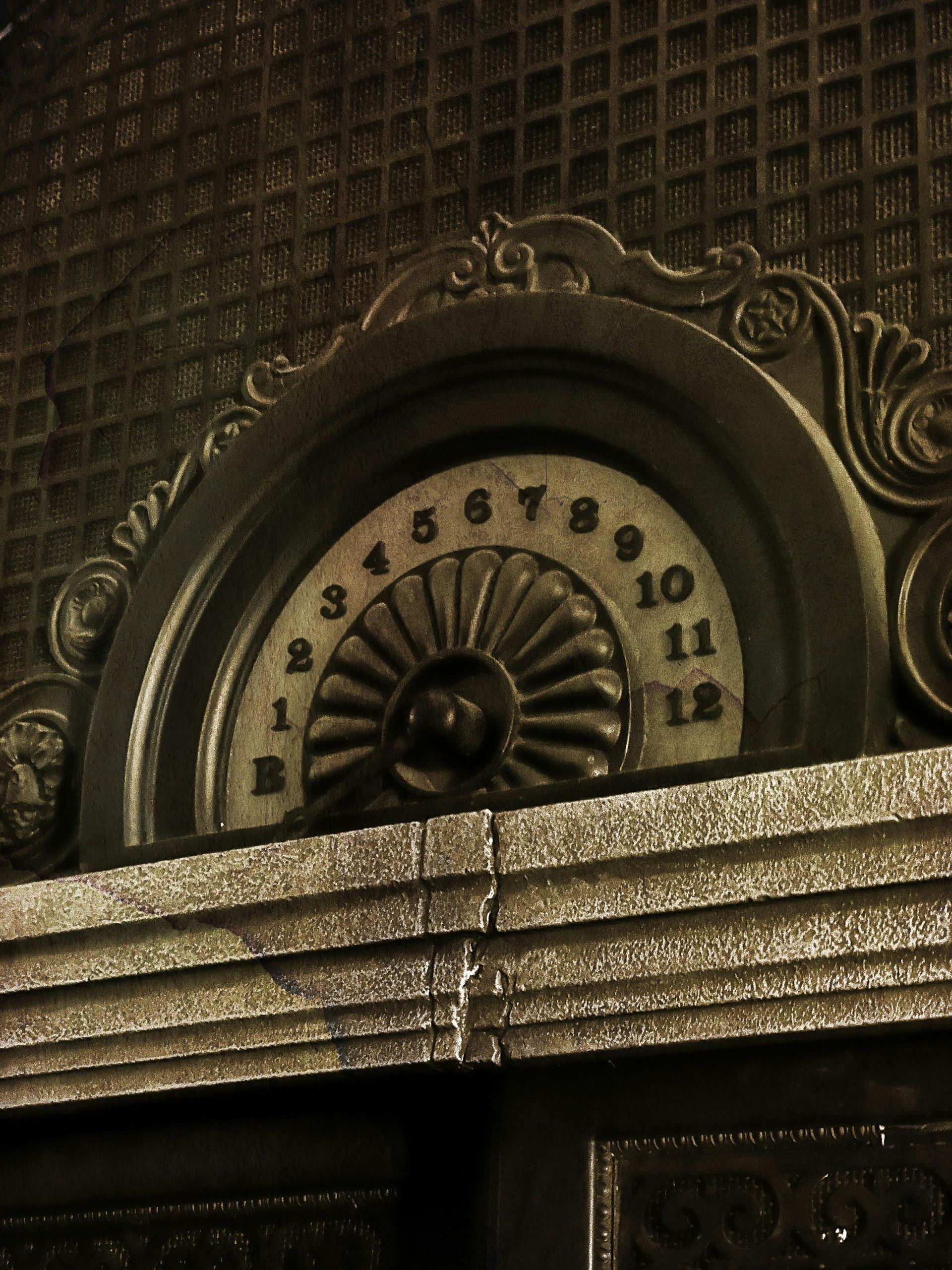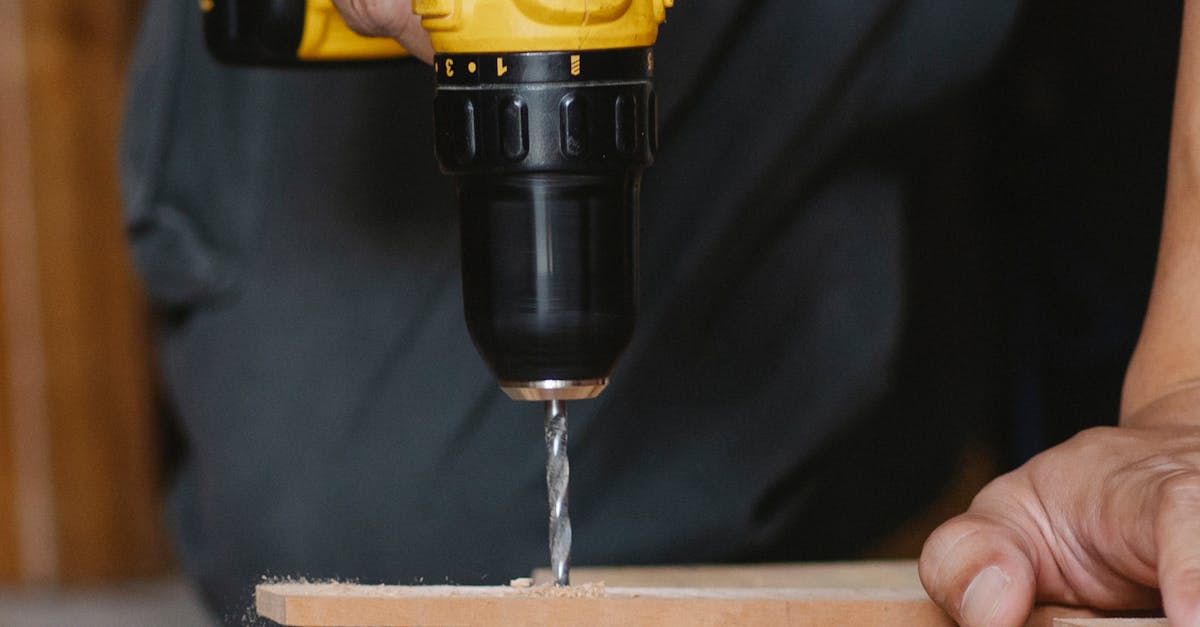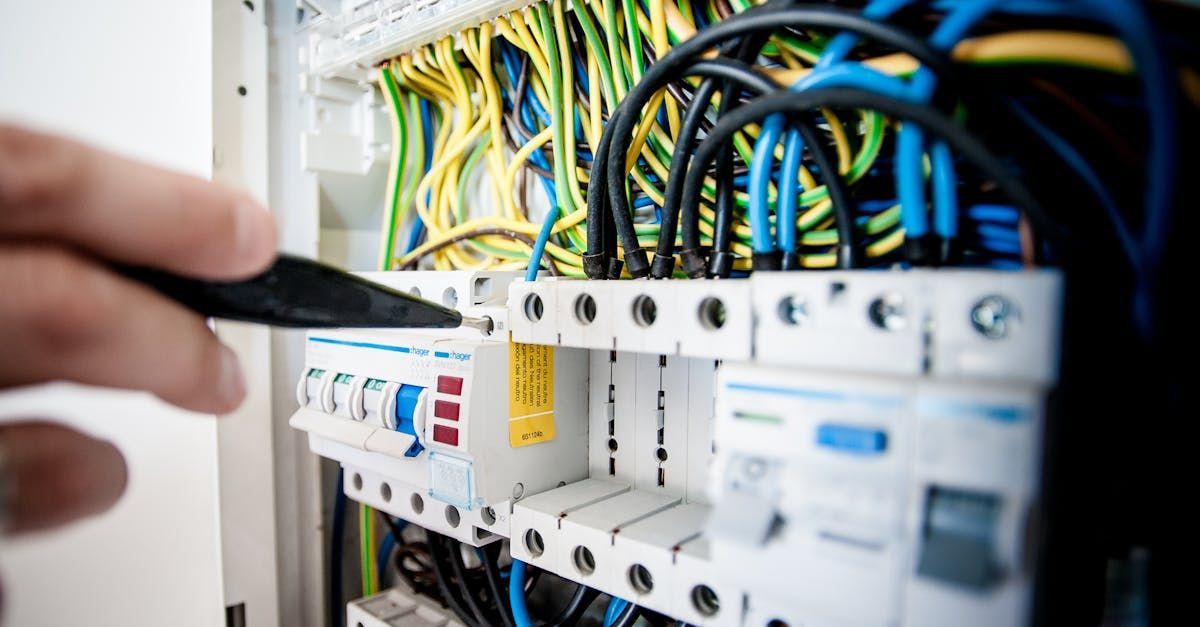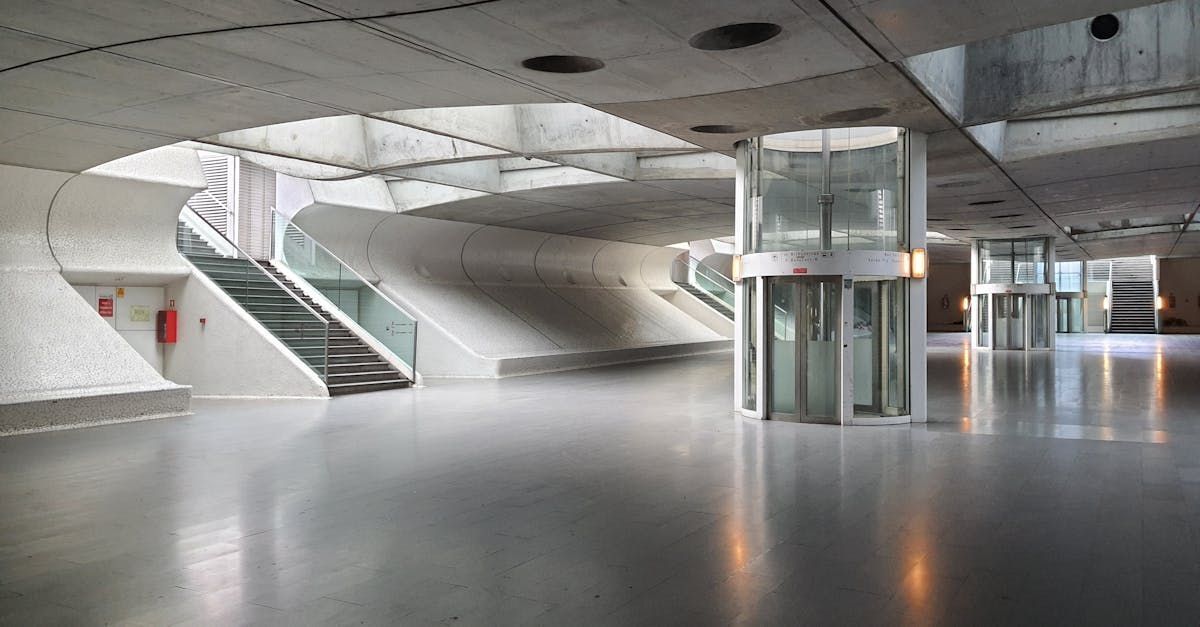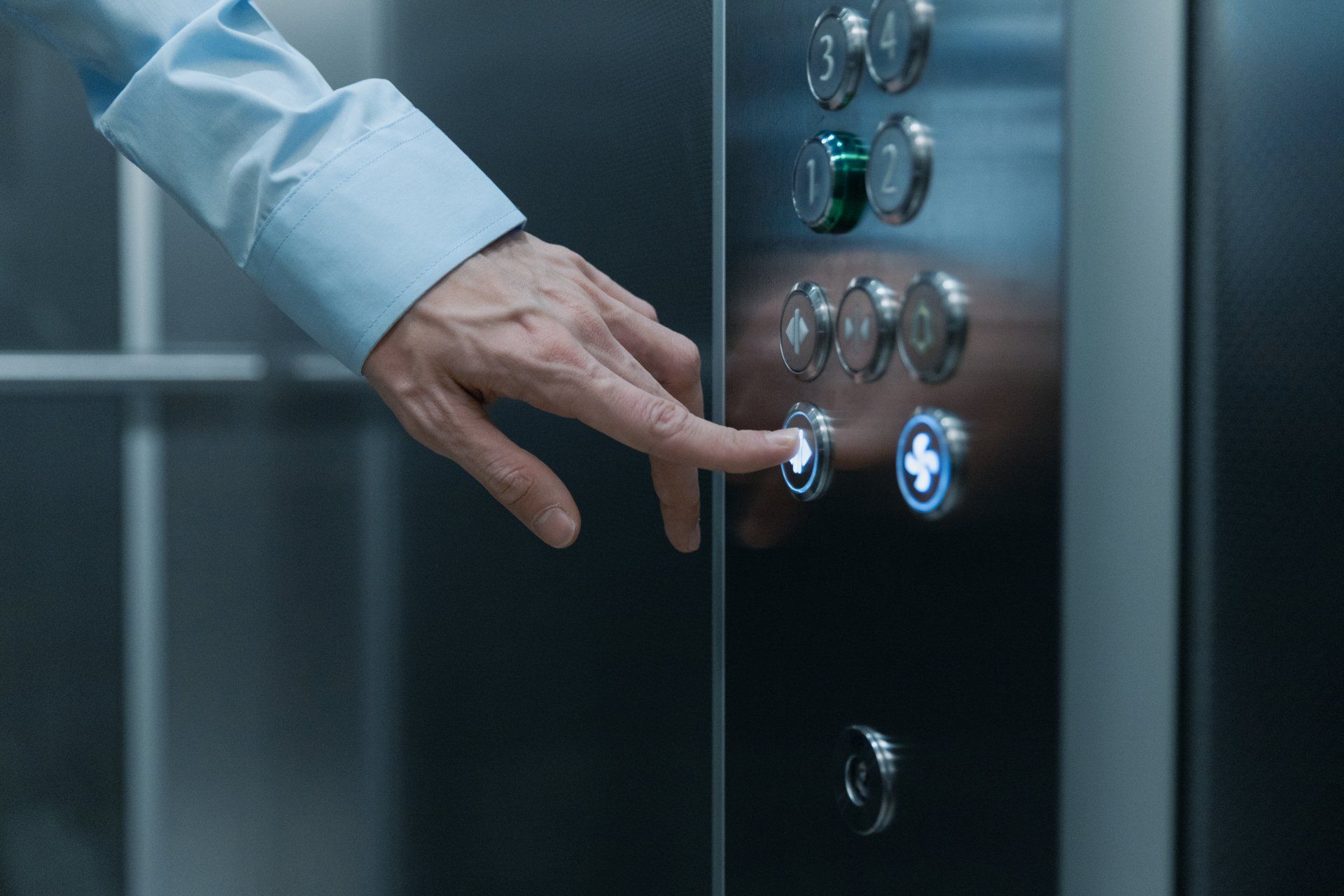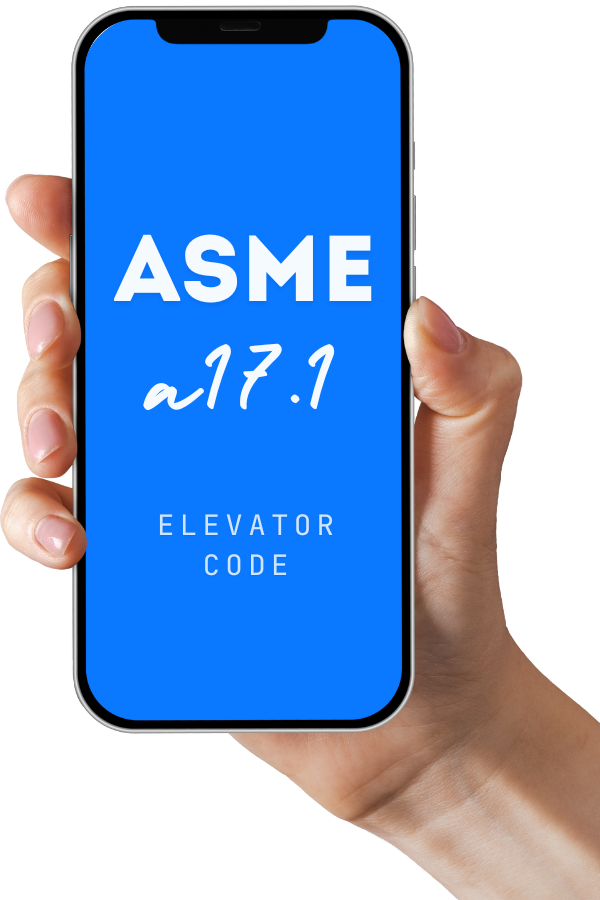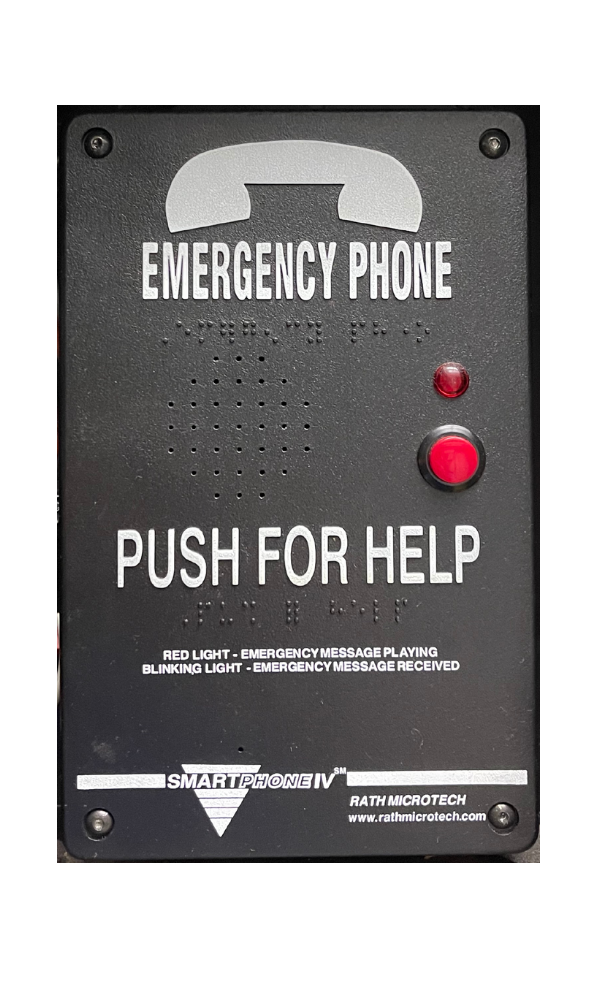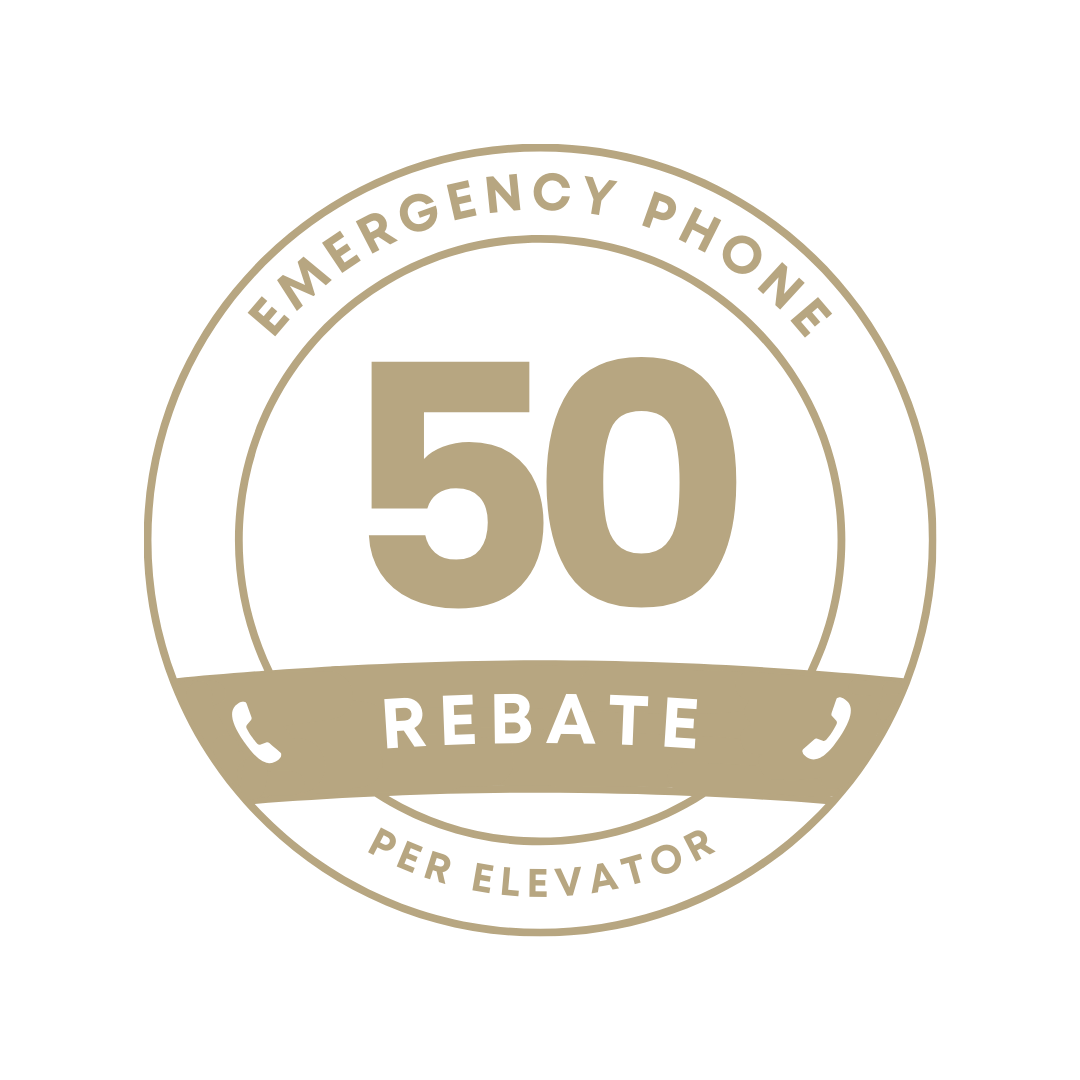Do I Need to Modernize my Elevator?
Key Highlights
- Elevator modernization is crucial for building owners and property managers to the performance and safety of vertical transportation systems.
- It offers enhanced safety features, improved efficiency, and increased elevator performance.
- Signs that your elevator needs an upgrade include frequent breakdowns, outdated technology, and failure to meet code requirements.
- The benefits of elevator modernization include increased property value, improved user satisfaction, and energy efficiency.
- Evaluating your elevator's current condition through a comprehensive elevator audit is essential to identify areas for improvement.
- Planning your elevator modernization project involves setting clear objectives, establishing a budget, and choosing the right modernization solutions.
Introduction
Vertical transportation plays a crucial role in various properties, necessitating efficient systems for smooth operations. Elevator modernization is a vital aspect often overlooked by property managers and building owners. Elevator contractors and consulting services stress the significance of upgrading to enhance safety, performance, and aesthetics. Understanding the necessity and benefits of elevator modernization is essential for ensuring optimal elevator performance and user experience. Let's delve deeper into this pivotal aspect of the elevator industry.
Understanding Elevator Modernization
Elevator modernization involves upgrading vertical transportation systems to enhance safety, performance, and aesthetics. Consulting services help property managers and building owners navigate this process efficiently. By assessing the elevator's condition through due diligence, elevator contractors can identify areas for improvement and recommend tailored solutions. Understanding code requirements, traffic analysis, and compliance is crucial for a successful modernization project. Elevator due diligence in the United States requires technical knowledge and project management expertise to ensure a seamless upgrade.
The Importance of Modernizing Your Elevator
Modernizing your elevator is crucial for enhancing safety, efficiency, and aesthetics. By keeping up with technological advancements, you ensure optimal elevator performance and compliance with regulations. Elevators are vital vertical transportation systems, especially in high-rise buildings, making their modernization a priority for property managers and building owners. Prioritizing elevator maintenance and upgrades not only improves user experience but also adds value to the property. Stay ahead in the elevator industry by investing in elevator modernization services.
Signs Your Elevator Needs an Upgrade
Unusual noises, inconsistent leveling, and slow door operations are common signs your elevator needs an upgrade. Pay attention to increased downtime and frequent repair needs. These indicators suggest your elevator system may be outdated and inefficient, impacting building operations and tenant satisfaction. Addressing these warning signs promptly with modernization solutions can enhance the performance and safety of your vertical transportation system, ultimately benefiting both building owners and occupants. Consider consulting elevator contractors for a thorough evaluation to determine the necessary upgrades.
The Benefits of Elevator Modernization
Enhanced safety features, improved efficiency, and aesthetic enhancements are key benefits of elevator modernization. Upgrading elevators with advanced technology not only ensures compliance with regulations but also enhances user experience. Modernization projects increase property value and marketability, satisfying tenants and property owners. Elevator modernization brings vertical transportation systems up to current standards, improving overall building performance and safety. Elevator contractors and consulting services play a crucial role in implementing these upgrades successfully. Elevator modernization is a strategic investment for property managers and building owners.
Enhanced Safety Features
One of the significant advantages of elevator modernization is the incorporation of enhanced safety features. Modernization ensures that your elevator meets current code requirements and safety standards. Elevator contractors and consulting services can help guide you through the modernization process, ensuring compliance with local regulations and industry best practices.
Some of the safety features that can be included in the modernization process are:
- Emergency communication systems: Upgraded elevators are equipped with advanced communication systems that allow occupants to contact help in case of emergencies.
- Enhanced door sensors: Modern elevators have sophisticated door sensors that detect obstructions and prevent doors from closing on people or objects, reducing the risk of accidents.
- Fire safety features: Elevator modernization may include upgrades to fire-rated doors, smoke detectors, and other fire safety systems to ensure compliance with fire codes and enhance the safety of occupants during fire emergencies.
By investing in elevator modernization and incorporating these safety features, building owners can provide a secure and reliable mode of transportation for occupants.
Improved Efficiency and Performance
Elevator modernization significantly improves the efficiency and performance of the system. Upgraded elevators are designed to be more energy-efficient, reducing energy consumption and operational costs. Advanced control systems and energy-saving components ensure optimal performance while minimizing energy waste.
Improved elevator performance is another benefit of modernization. Upgrades to the mechanical and electrical components enhance the speed, reliability, and smoothness of the elevator operation. This results in a better user experience and increased tenant satisfaction.
Moreover, modernized elevators are equipped with advanced diagnostic tools and remote monitoring capabilities. This allows for proactive maintenance and effective management of elevator performance. Remote monitoring systems can detect potential issues before they become major problems, minimizing downtime and reducing maintenance costs.
Aesthetics and Comfort Improvements
Elevator modernization also provides opportunities for aesthetic upgrades and improvements in comfort. Outdated elevator cabs can be transformed into modern and stylish spaces that enhance the overall aesthetics of the building. Upgrading lighting fixtures, flooring, and wall panels can create a more inviting and visually appealing environment for occupants.
Comfort is another important aspect of elevator modernization. Upgrades to ventilation systems, noise reduction measures, and smooth acceleration and deceleration can greatly improve the comfort of elevator users. This contributes to increased tenant satisfaction and enhances the overall experience within the building.
By investing in aesthetic and comfort improvements during elevator modernization, building owners can create a positive and welcoming atmosphere for occupants.
Evaluating Your Elevator's Current Condition
Before embarking on an elevator modernization project, it is essential to evaluate the current condition of your elevator. This involves conducting a thorough due diligence process and performing an elevator audit.
A comprehensive elevator audit provides a detailed assessment of the elevator's mechanical, electrical, and safety systems. It involves a systematic evaluation of the elevator's performance, maintenance history, and compliance with code requirements. By assessing the specific elevator's condition, strengths, and weaknesses, building owners can make informed decisions about the necessary upgrades and improvements.
During the elevator audit, experts in elevator consulting services conduct a detailed analysis of the elevator's technical aspects. They examine the elevator's mechanical components, electrical systems, control systems, and safety features. This evaluation helps identify any deficiencies, potential risks, or areas that require immediate attention.
By conducting a comprehensive elevator audit, building owners gain valuable insights into the specific needs of their elevator, allowing them to develop a tailored modernization plan that addresses their elevator's unique requirements.
Conducting a Comprehensive Elevator Audit
A comprehensive elevator audit requires technical knowledge and expertise in elevator systems. Engaging the services of elevator consulting experts ensures a thorough evaluation of the elevator's condition and performance.
During the audit process, the consultants review the elevator's maintenance records, conduct on-site inspections, and perform diagnostic tests to assess the overall health of the elevator. They also consider factors such as the age of the elevator, maintenance history, and compliance with current codes and regulations.
The information gathered during the elevator audit is crucial for developing a modernization plan. It helps identify the specific areas that require improvement, such as outdated components, safety features, or control systems. Based on the findings of the audit, experts can provide recommendations for upgrades and provide a detailed schematic design for the modernization project.
By conducting a comprehensive elevator audit, building owners ensure that their modernization efforts are targeted and effective, resulting in an elevator that meets safety standards, performs optimally, and provides a comfortable and reliable transportation experience.
Identifying Key Areas for Improvement
An elevator audit helps identify key areas for improvement in your elevator system. Through a thorough evaluation, consultants perform a traffic analysis to assess the elevator's performance under various conditions, such as peak usage times. This analysis helps identify any bottlenecks or inefficiencies in the elevator's operation.
Based on the findings of the traffic analysis and overall elevator performance assessment, consultants can recommend specific upgrade needs. These may include mechanical upgrades to improve speed and reliability, electrical upgrades to enhance control systems, or safety feature upgrades to ensure compliance with current codes and regulations.
Identifying the key areas for improvement is crucial in developing a modernization plan that addresses the specific needs of your elevator system. By focusing on these areas, building owners can maximize the benefits of modernization and improve the overall performance and safety of their elevators.
Planning Your Elevator Modernization Project
Planning your elevator modernization project requires careful consideration of various factors, including project management, budgeting, and modernization objectives.
Effective project management involves coordinating the efforts of elevator contractors, consultants, and other stakeholders to ensure a smooth and successful modernization process. It includes setting clear objectives, establishing a timeline, and monitoring progress throughout the project.
Budgeting is another crucial aspect of planning. Building owners must allocate sufficient funds for the modernization project, considering the costs of materials, labor, and any additional services required. Proper budgeting ensures that the modernization objectives can be achieved within the allocated resources.
Modernization objectives may vary depending on the specific needs of the elevator system. These objectives can include improving safety features, enhancing energy efficiency, or upgrading aesthetics and comfort. Identifying these objectives at the planning stage helps guide the decision-making process and ensures that the modernization project aligns with the desired outcomes.
Setting Clear Objectives and Budget
Setting clear objectives and establishing a realistic budget are vital steps in planning an elevator modernization project.
Financial planning plays a crucial role in determining the scope and feasibility of the modernization project. Building owners must consider the available resources and allocate funds accordingly. This involves estimating the costs of materials, labor, consulting services, and any other expenses associated with the modernization.
Setting clear objectives is equally important. Objectives may include improving elevator performance, enhancing safety features, or upgrading aesthetics. By defining these objectives, building owners can prioritize the necessary upgrades and ensure that the modernization aligns with their specific goals.
Having a well-defined budget and clear objectives provides a framework for decision-making throughout the modernization process. It allows building owners to make informed choices and ensure that the modernization project meets their expectations within the allocated resources.
Choosing the Right Modernization Solutions
Choosing the right modernization solutions for your elevator requires careful consideration of various factors. Elevator consulting services can provide invaluable expertise and guidance in this process.
Consulting services help evaluate the specific needs and requirements of your elevator system. They consider factors such as the age of the elevator, the existing infrastructure, and any code or safety compliance issues. Based on this evaluation, consultants can recommend the most suitable modernization solutions.
Modernization solutions may include mechanical and electrical upgrades, control system replacements, safety feature installations, and aesthetic improvements. The selection of these solutions should take into account the specific elevator's condition and the desired outcomes of the modernization project.
Elevator consulting services can help building owners navigate the complexities of modernization, ensuring that the chosen solutions are compatible with the existing infrastructure and meet the necessary code requirements. Their expertise and experience in the elevator industry can provide valuable insights for making informed decisions about modernization solutions.
Selecting a Reliable Elevator Service Provider
When considering elevator modernization, selecting a reliable elevator service provider is crucial. Experienced firms offer consulting services, ensuring due diligence and compliance with code requirements. Elevator contractors with extensive experience in the elevator industry provide expertise in maintenance management and project execution. Property managers and building owners should prioritize companies with a proven track record in elevator maintenance. By choosing a reputable service provider, you can ensure a smooth modernization process and efficient vertical transportation systems.
Implementing Modernization Measures
Implementing modernization measures is a crucial step in elevator modernization projects. It involves careful project management to ensure a smooth and successful implementation.
Project management includes coordinating various aspects of the modernization process, such as scheduling, budgeting, and resource allocation. A well-executed project management plan ensures that all necessary tasks are completed on time and within budget. It also minimizes disruptions to building occupants during the modernization process.
In the elevator industry, modernization implementation can involve upgrading elevator components, integrating advanced technology, and ensuring compliance with regulatory standards. Upgrading elevator components such as control systems, doors, and cables can enhance reliability and performance. Integrating advanced technology, such as destination dispatch systems and smart monitoring, can improve efficiency and user experience.
Ensuring compliance with regulatory standards is essential to meet safety and code requirements. Elevator modernization projects must adhere to specific regulations and undergo thorough inspections to obtain necessary certifications.
Through effective project management and the implementation of modernization measures, building owners and property managers can enhance elevator performance, improve user experience, and ensure safety and compliance.
Upgrading Elevator Components
One of the key aspects of elevator modernization is upgrading elevator components. Upgrading components such as control systems, doors, and cables can significantly improve elevator reliability and performance.
Older elevator components may be prone to frequent breakdowns and require frequent maintenance. By upgrading these components with newer, more advanced ones, the reliability of the elevator can be greatly enhanced, reducing the need for costly repairs and maintenance.
In addition to improving reliability, upgrading elevator components can also contribute to energy efficiency and cost savings. Newer components are designed to be more energy-efficient, resulting in lower energy consumption and operating costs.
Regular elevator maintenance is still essential even after component upgrades. Proper maintenance ensures that the upgraded components are functioning optimally and helps identify any potential issues before they become major problems.
By investing in upgrading elevator components and maintaining them regularly, building owners and property managers can improve elevator reliability, reduce maintenance costs, and enhance the overall performance of their elevators.
Integrating Advanced Technology
Integrating advanced technology is a key aspect of elevator modernization. The use of advanced technology in elevators can significantly improve vertical transportation systems and enhance the overall user experience.
One example of advanced technology is the implementation of destination dispatch systems. These systems optimize elevator efficiency by grouping passengers with similar destinations into the same elevator, reducing travel time and congestion. This results in a smoother and more efficient vertical transportation experience.
Another example is the use of smart monitoring systems. These systems use sensors and data analytics to monitor elevator performance in real-time. They can detect potential issues or malfunctions before they become major problems, allowing for proactive maintenance and minimizing downtime.
Integrating advanced technology is not limited to elevator modernization projects. It can also be implemented in new construction projects to provide state-of-the-art vertical transportation systems from the start.
By integrating advanced technology into elevators, building owners and property managers can improve efficiency, reduce waiting times, and enhance the overall user experience.
Ensuring Compliance with Regulations
Ensuring compliance with regulations is a crucial aspect of elevator modernization. Elevators are subject to various codes and regulations to ensure safety and performance standards are met.
During the modernization process, it is essential to review and assess the existing elevator system for compliance with regulatory standards. This includes conducting thorough inspections and identifying any areas that need to be addressed to meet code requirements.
Contract reviews are also important to ensure that all modernization activities are in line with contractual obligations and regulatory standards. A detailed review of the contract helps identify any potential gaps or discrepancies that need to be addressed.
By ensuring compliance with regulations, building owners and property managers can mitigate risks, avoid penalties, and ensure the safety and reliability of their elevator systems.
The Impact of Modernization on Building Value
Modernizing elevators can have a significant impact on the value of a building. It enhances the property's marketability, improves building value, and increases its real estate appeal.
In today's competitive real estate market, buildings with modernized elevators are more attractive to potential tenants and buyers. Upgraded elevators not only offer improved performance and reliability but also provide a more pleasant and efficient vertical transportation experience.
Modernization projects that incorporate advanced technology and adhere to regulatory standards can significantly enhance the overall value of a building. Building owners and property managers who invest in elevator modernization can expect higher rental rates, increased tenant satisfaction, and improved marketability of their properties.
Increasing Property Appeal and Marketability
Elevator modernization plays a crucial role in increasing property appeal and marketability. Upgraded elevators enhance the overall aesthetic appeal of a building and contribute to a more pleasant and comfortable user experience.
Modernized elevators offer improved reliability, energy efficiency, and advanced features such as destination dispatch systems and smart monitoring. These features are highly desirable to potential tenants and can give a building a competitive edge in the market.
Tenants today prioritize convenience, efficiency, and safety when choosing a building. Buildings with modernized elevators that meet these expectations have a higher chance of attracting and retaining quality tenants.
By investing in elevator modernization, building owners and property managers can increase the appeal and marketability of their properties, leading to higher occupancy rates, increased rental income, and overall improved financial performance.
Enhancing User Satisfaction and Safety
Elevator modernization has a direct impact on user satisfaction and safety. Upgrading elevator components, integrating advanced technology, and ensuring compliance with regulations all contribute to a safer and more reliable vertical transportation experience.
Modernized elevators offer improved performance, reduced waiting times, and enhanced user comfort. Destination dispatch systems help minimize congestion and improve the efficiency of elevator operations. Smart monitoring systems detect potential issues early on, allowing for proactive maintenance and minimizing downtime.
Furthermore, modernization projects often include safety improvements such as enhanced door systems, emergency communication systems, and advanced security features. These safety enhancements provide peace of mind to building occupants and ensure compliance with safety regulations.
By prioritizing elevator modernization, building owners and property managers can enhance user satisfaction, improve safety, and create a positive vertical transportation experience for all occupants.
Conclusion
Elevator modernization is crucial for safety, efficiency, and aesthetics. By upgrading key components and integrating advanced technology, you enhance user experience and increase property value. Conducting a thorough audit to identify improvement areas and setting clear objectives is vital. Choose modernization solutions wisely and ensure compliance with regulations. Planning your project with a reliable service provider is essential for a successful outcome. Elevator modernization can be done in stages based on your needs and budget. Prioritize this upgrade to transform your building's appeal and ensure user satisfaction and safety.

